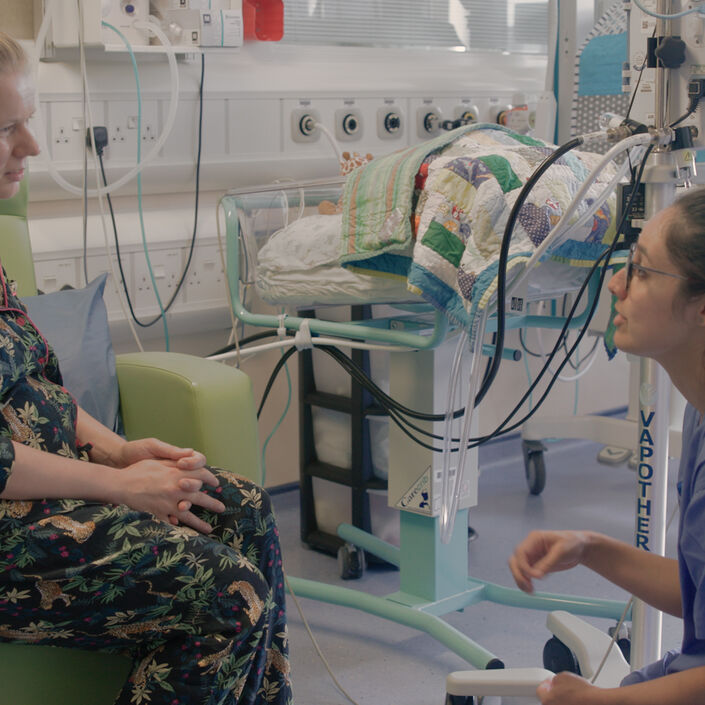Common procedures your baby might have
Your baby will likely have some necessary tests and procedures as part of their care. Here are some of the more common procedures your baby might have:
- Blood tests - usually done by a heel prick, using a pin, to check how your baby’s care and health is progressing
- Cannula placement – putting a small tube into a vein to give medication or fluids
- Intubation and extubation – putting in a small breathing tube into their lungs or removing the breathing tube
- Vaccinations - injections to teach the baby’s immune system to create the antibodies they need to fight infections
- Feeding tube insertion – when a tube is placed in a baby's nose or mouth and down to their stomach to give them frequent small nutritional feeds
- Eye examinations, usually to screen for Retinopathy of Prematurity (ROP)
- Lumbar punctures – where liquid is taken from around the spinal cord to test for infections, for example, meningitis
Non-medical regular cares that may cause discomfort or stress
Apart from medical procedures, there are other daily cares and interventions that may cause your baby stress or discomfort, for example, nappy changing.
We have more information about how you can be involved and comfort your baby during these cares and look after your baby on the neonatal unit.
Your choices and your baby’s procedures
You should be given the choice to help comfort your baby during their procedures. This can be different from unit to unit, so the choice may not always be offered. We provide some more information later in this section to help you talk to staff if you would like to be more involved.
Some parents choose to be involved with procedures, and others choose not to be. Some parents simply cannot always be there for many different reasons.
It’s important to remember that there is no right or wrong decision here – it’s about making the choice that feels right for you and your baby at that time.


